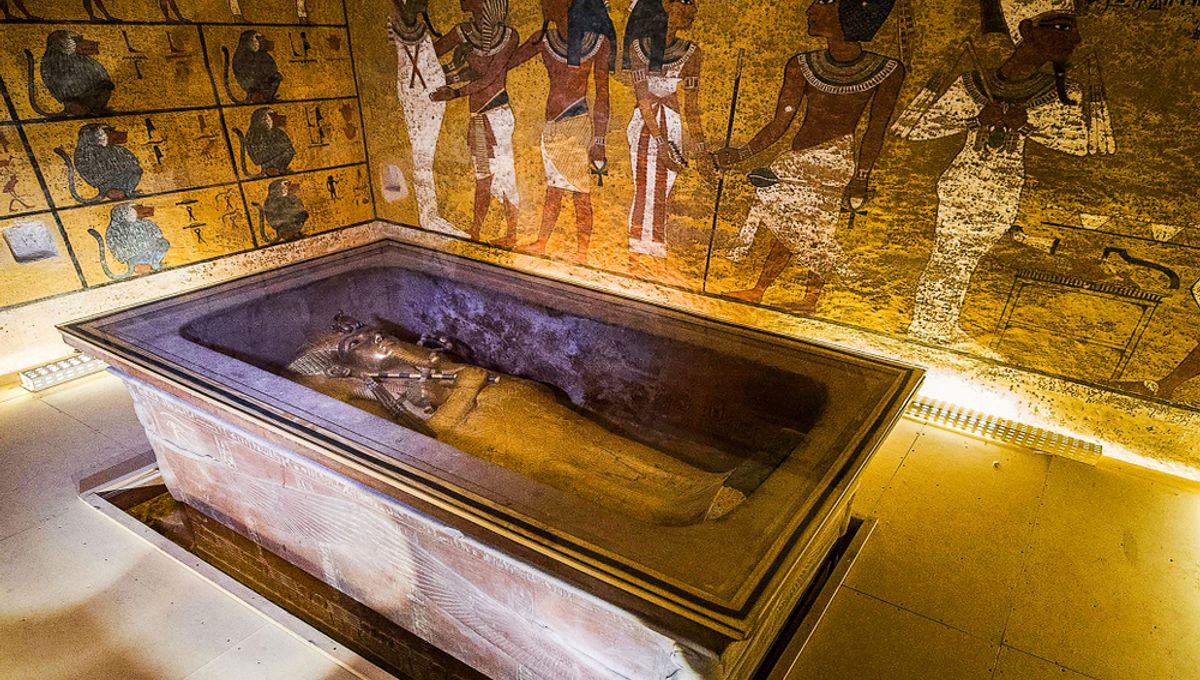
In 1922, Howard Carter and his team of archaeologists were the first to enter the most famous Egyptian tomb ever uncovered – Tutankhamun’s tomb. Much like many tombs of the era, the tomb was sprawling, with thousands of treasures including gilded beds, miniature golden statues, and intricate amulets meant to guard the dead within their final resting place.
Between the time Carter entered the tomb and Egyptian officials opened the tomb, however, rumors circulated that the accomplished archaeologist had taken more than just fame from the discovery. Many believed that he stole multiple treasures from the tomb while inside. Solid proof was hard to come by, and so they remained just rumors since 1922.
Now, new evidence suggests that an amulet given to hieroglyph translator Sir Alan Gardiner by Carter was likely stolen from the tomb despite Carter claiming otherwise. Previously unpublished letters, detailed in a new book and first reported on by the Guardian, suggests Gardiner got it appraised by museum expert Rex Engelbach and was shocked to find the amulet was almost certainly stolen.
“The whm amulet you showed me has been undoubtedly stolen from the tomb of Tutankhamun,” states Engelbach’s verdict, according to the Guardian.
“I deeply regret having been placed in so awkward a position.”
Though despite the obvious guilt placed on him by owning a stolen artifact, he stated that he never disclosed to Engelbach how he obtained the amulet.
“I naturally did not tell Engelbach that I obtained the amulet from you,” Gardiner continued to Carter.
The whm amulet is thought to be an offering to the dead, buried alongside the Pharoah as they believed the dead could be sustained by riches, as well as acting as offerings to the gods. It was given to Gardiner as a gift from Carter, who assured him it did not come from the tomb.
Howard Carter was an accomplished (though famously awkward) man that struggled to make acquaintances despite his monumental find. The British Government never commended him for his work and he had significant disputes with the Egyptian authorities following the excavation of King Tut’s tomb. He lived the rest of his life as a collector and dealer for museums, before dying in 1939.
Following Carter’s death, 18 items were found in his collection that were taken from the tomb. Fearing damage to relations between England and Egypt, the items were sold discreetly to the Metropolitan Museum of Art and the Egyptian Museum in Cairo; all items have now been returned to Egypt.
The letters will be published in an upcoming book called Tutankhamun and the Tomb that Changed the World, by the Oxford University Press.
Source Link: Archaeologist That Unearthed Tutankhamun's Tomb Stole Artifacts From It, Newly Revealed Letter Suggests